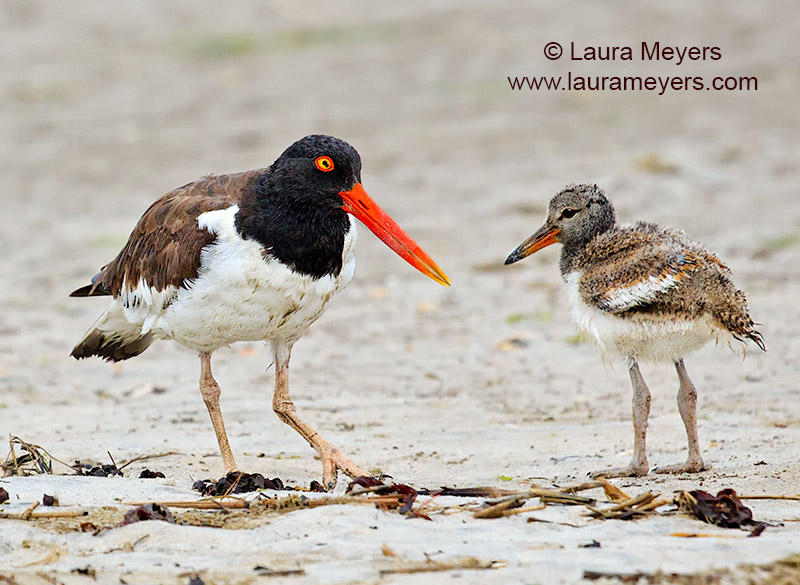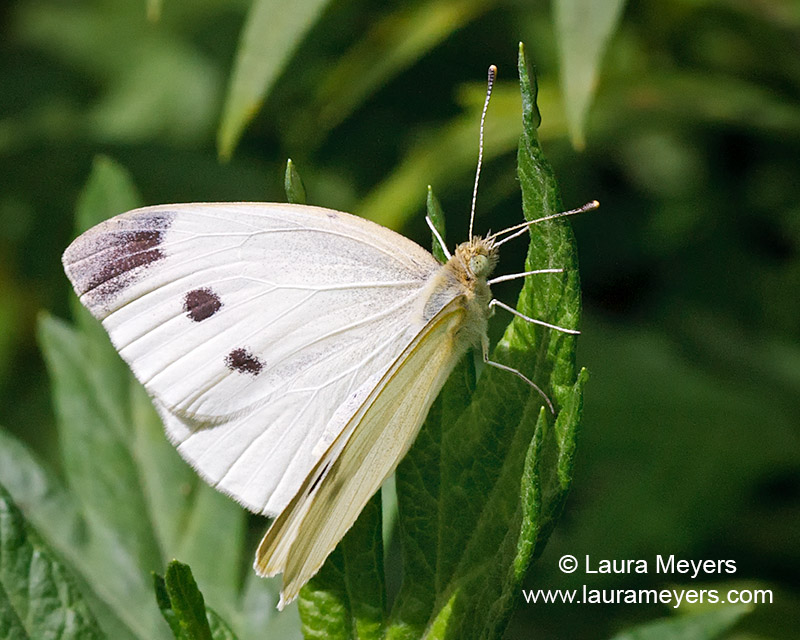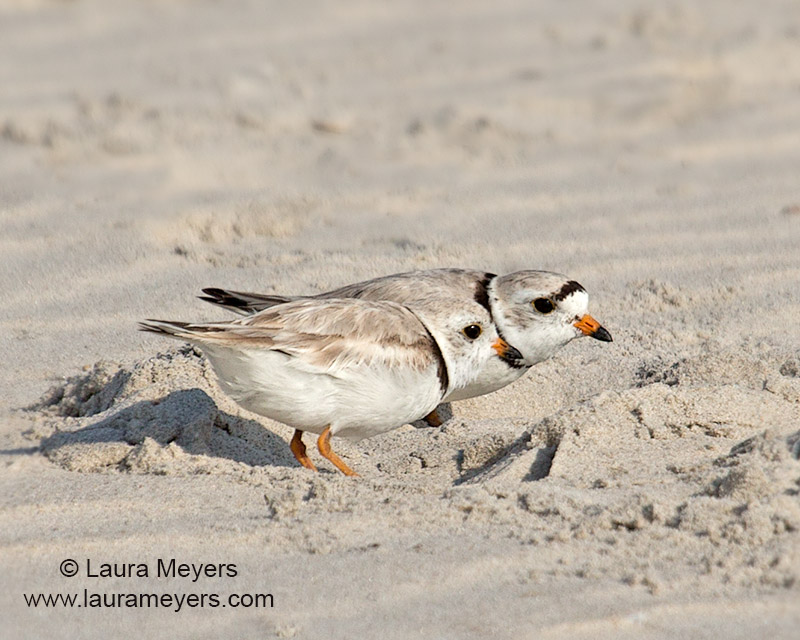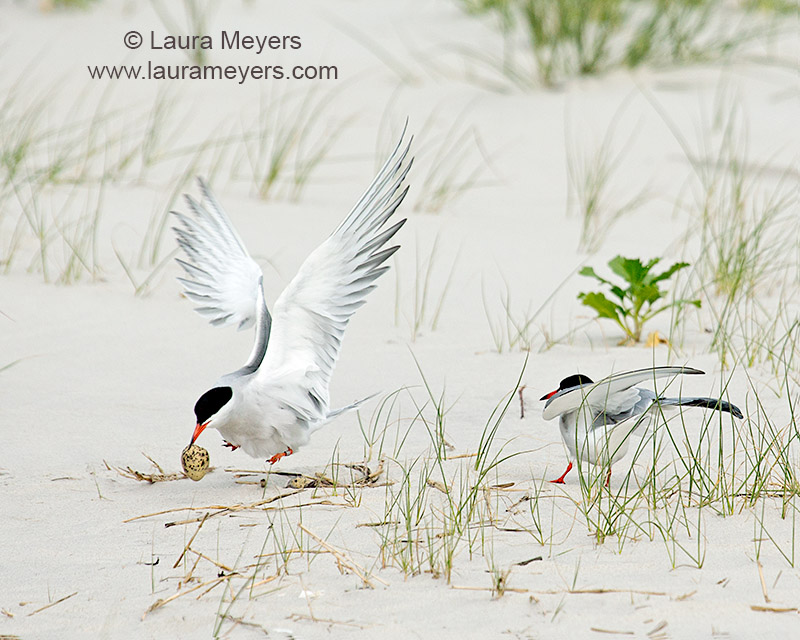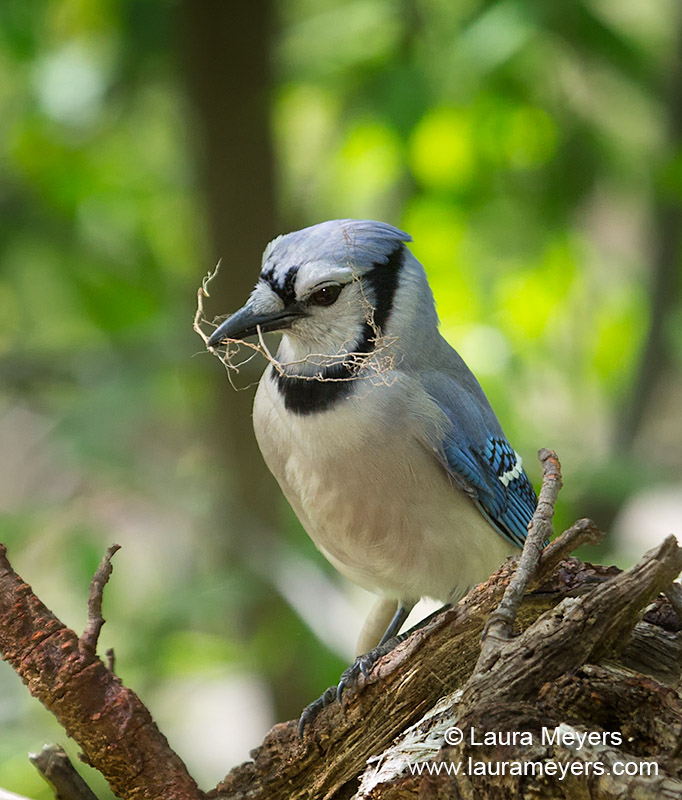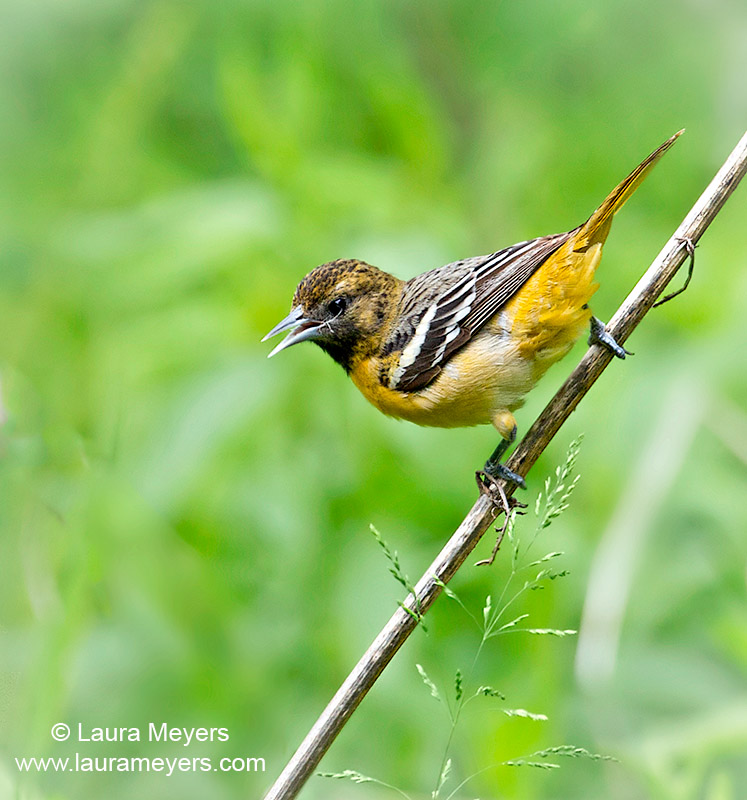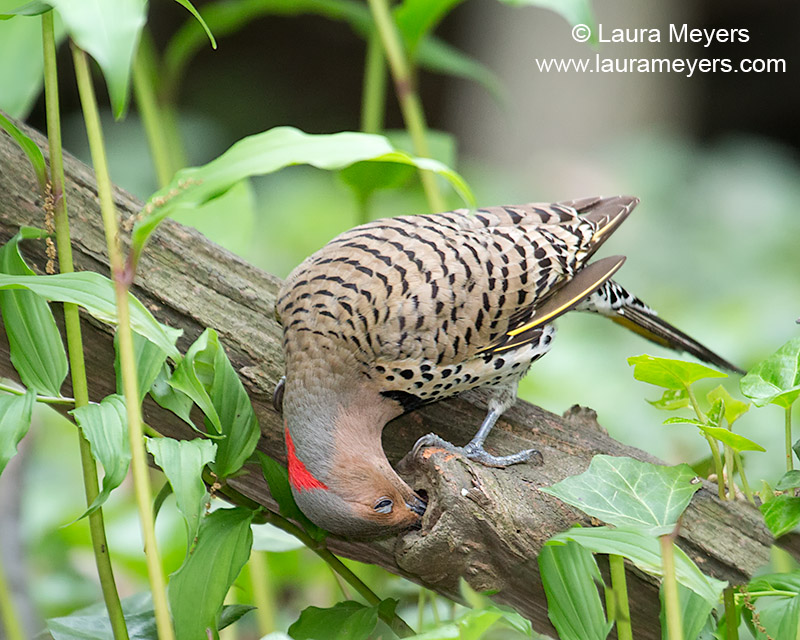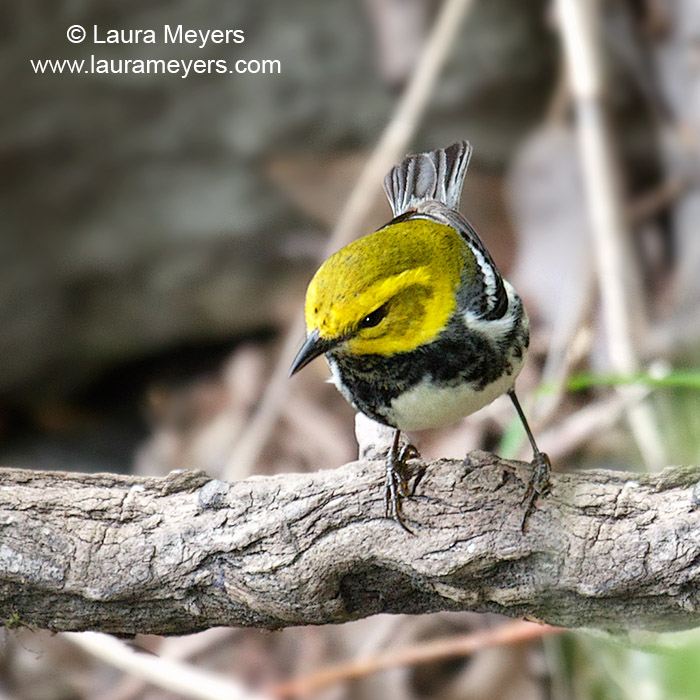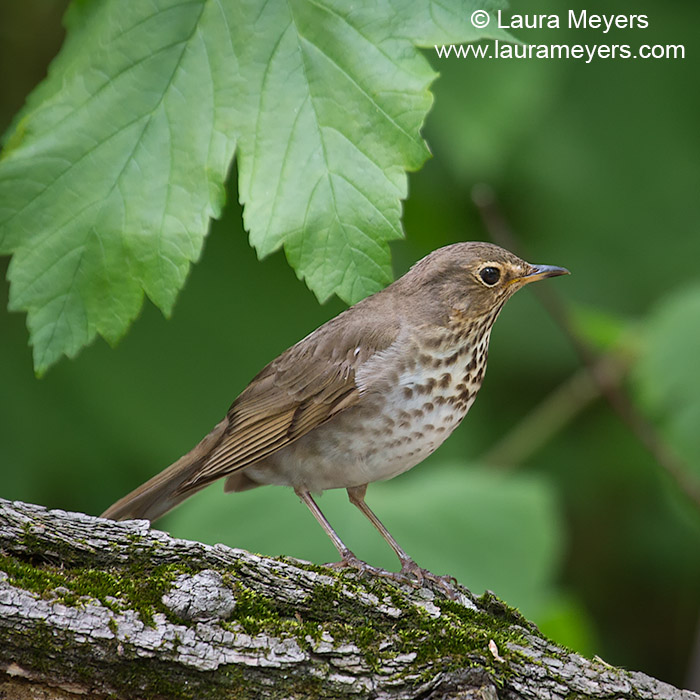- American Oystercatcher Adult and Chick
American Oystercatcher Adult and Chick
American Oystercatcher chicks depend on adults for food for at least 60 days after hatching. Chicks are typically brought food by adults, but may also forage on their own as early as 2–3 weeks after hatching. Adults will excise shellfish from shells, then deliver soft parts to young chicks; older chicks (3+ wk) are often brought unopened shellfish
